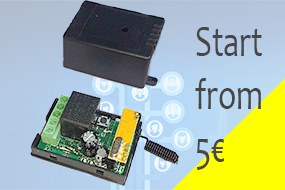Cart
0
Your cart is empty
Home
Free Shipping
On order over 99€
Money Back
Within 15 working days
Free Gift
Assured gift order over 100€
Best Sellers
-
 Security policy
Security policy
-
 Safe delivery
Safe delivery
-
 Return right
Return right
















